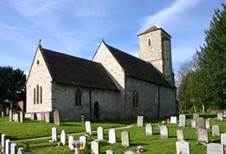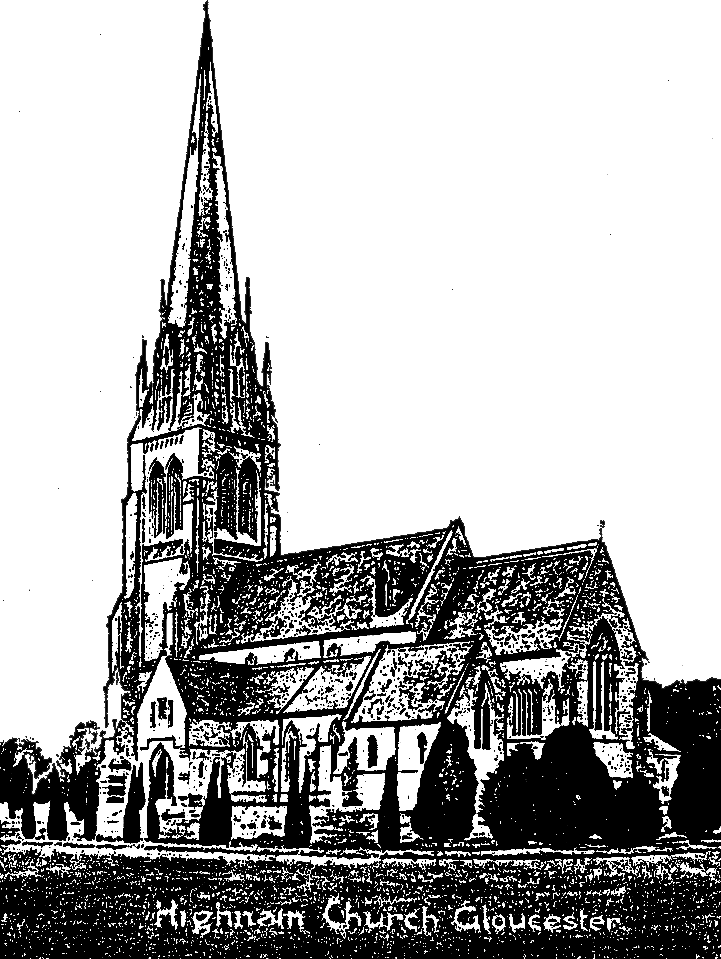Holy Trinity Church Tibberton
Part of Highnam BeneficeHistory of Tibberton Church
Unfortunately very few records exist prior to the mid seventeenth century so the history of the Church is incomplete. However there is an unbroken list of the names of the Rectors from 1283, the first being a certain ‘Sir R of Cumerwell or Cumberwell’ who was inducted by the Bishop of Hereford on the 28th March 1283. The patron of the Benefice at that time was ‘Edmund, son of the King’. Since then the patronage of the Benefice has changed many times. At one period it had the doubtful distinction of being in the gift of Henry VIII, later however it was the gift of his daughter, Elizabeth I, ‘Good Queen Bess’.
The village of Tibberton is mentioned in the Domesday Book: ‘Ulfelin held Tebriston in Botelan hundred, in the reign of King Edward the Confessor; William son of Baderon held it in the reign of King William the Conqueror’
The village paid a yearly rent of 68s 10d during King Edward’s reign but the cost had increased to 100s by King William’s reign. The Domesday Book makes no mention of a church at Tibberton but the building itself tells us that a lot of the building dates back to Norman times.
A walk around the outside reveals some excellent examples of ‘Herringbone’ masonry in the north walls of both the nave and the chancel and also in the north wall of the nave, typical of the late Saxon and early Norman periods.
The church probably had no windows when it was originally built, the two windows on the south side of the chancel were inserted early in the life of the building. The Norman period of architecture often has narrow windows with splayed interior walls to let as much light as possible into the building whilst keeping the weather out. The windows would originally been left open, glass was added at a later date.
An extensive restoration of the church took place in 1908 and, thanks to the skill and ability of the restorers, it is now difficult to distinguish at a casual glance between which are the original items and which are later additions.

